The history of railway transport is marked by incredible achievements and technological advancements, connecting distant lands and fueling industrial growth.
However, this progress has not been without its tragedies. Train derailments, though less frequent than other types of accidents, have led to some of the most catastrophic events in railway history.
Here we explore the worst train derailments in history and what changes they prompted in the railroad industry.
Eschede Train Disaster
The Eschede train disaster is one of German history’s most catastrophic rail accidents.
The disaster occurred on June 3, 1998, near the village of Eschede when a high-speed InterCityExpress (ICE) train derailed and collided with a road bridge.
This event resulted in the deaths of 101 people and left over 100 others injured, marking it as the deadliest high-speed train accident in the history of rail transportation up to that time.
The chain of events leading to the disaster began with a single fatigue crack in one of the train’s wheel rims. This small defect escalated into a catastrophic failure as the train, traveling at 124 miles per hour, approached Eschede.
The damaged wheel caused the train to derail, and several carriages collided with the pillars of a road bridge crossing over the tracks.
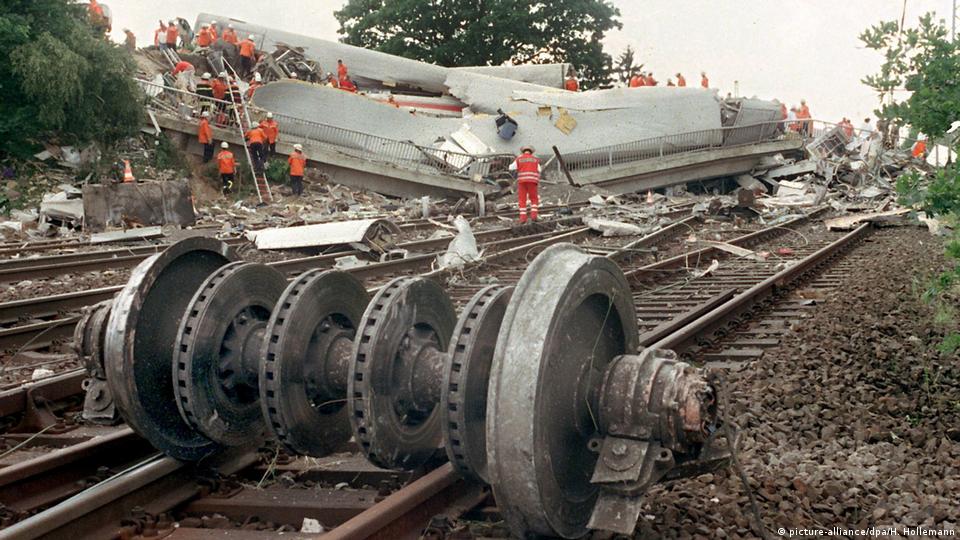
The impact was so severe that the bridge collapsed onto the derailed train carriages below, compounding the devastation and making rescue efforts even more challenging.
In the aftermath of the Eschede disaster, investigations revealed significant oversights in the design and maintenance of the wheelsets used on the ICE trains, as well as the need for better detection systems for identifying potential failures before they lead to accidents.
The disaster prompted a thorough review and overhaul of safety protocols, not only within Germany’s national railway operator, Deutsche Bahn, but also among railway operators worldwide.
Enhancements were made to the design of trains, the materials used in their construction, and the maintenance procedures, particularly concerning high-speed rail services.
Additionally, the disaster led to improvements in emergency response strategies and the structural integrity of rail infrastructure, such as bridges and tunnels, to prevent similar tragedies in the future.
Lac-Mégantic Rail Disaster
In the early hours of July 6, 2013, in the small town of Lac-Mégantic, Quebec, Canada an unattended 74-car freight train carrying crude oil rolled downhill into the town and derailed.
The derailment caused multiple tank cars to explode, leading to fires that devastated the town’s center. The disaster claimed 47 lives and destroyed more than 30 buildings.
It forced the evacuation of approximately 2,000 residents, marking it as the deadliest rail accident in Canada since the St-Hilaire train disaster in 1864.
The root cause of the Lac-Mégantic disaster was identified as a failure to set the handbrakes and lack of a backup safety mechanism. The train had been left unattended overnight on a sloping track.
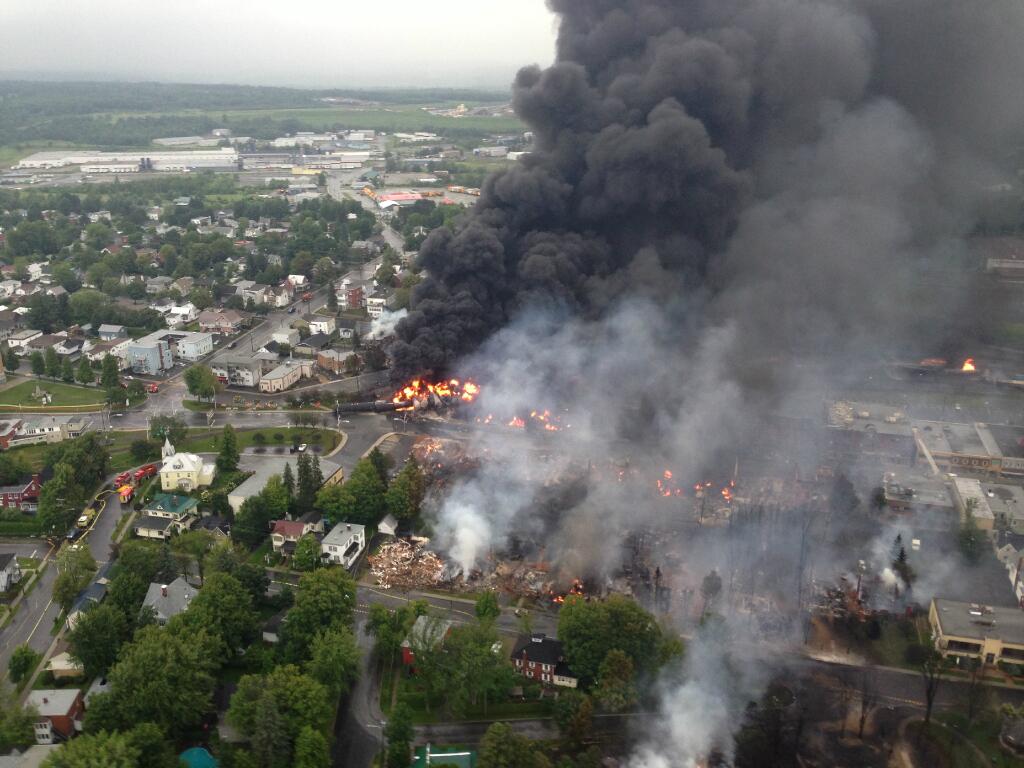
When the air brakes lost pressure, the train began to roll downhill towards Lac-Mégantic. Upon derailment, the volatile cargo ignited, creating a fireball that engulfed the town’s core.
The environmental impact was also felt, with millions of liters of crude oil spilling into the surrounding land and waterways, causing long-term ecological damage.
In the wake of the tragedy, there was an immediate call to review and enhance rail safety regulations, particularly concerning the transport of hazardous materials.
The disaster led to significant changes in rail policies in Canada and the United States, including new standards for tank cars, improved braking systems, and stricter rules regarding the securement of unattended trains.
Awash Rail Disaster
The Awash Rail Disaster holds the record for the deadliest train accident in African history.
The accident took place on January 14, 1985 near the town of Awash in central Ethiopia. An overnight passenger train, packed beyond capacity with people returning from the holidays, was traveling from Dire Dawa to Addis Ababa.
As the train neared Awash, it approached a curved section of the track that overlooked a steep ravine. Due to excessive speed the train failed to navigate the curve.
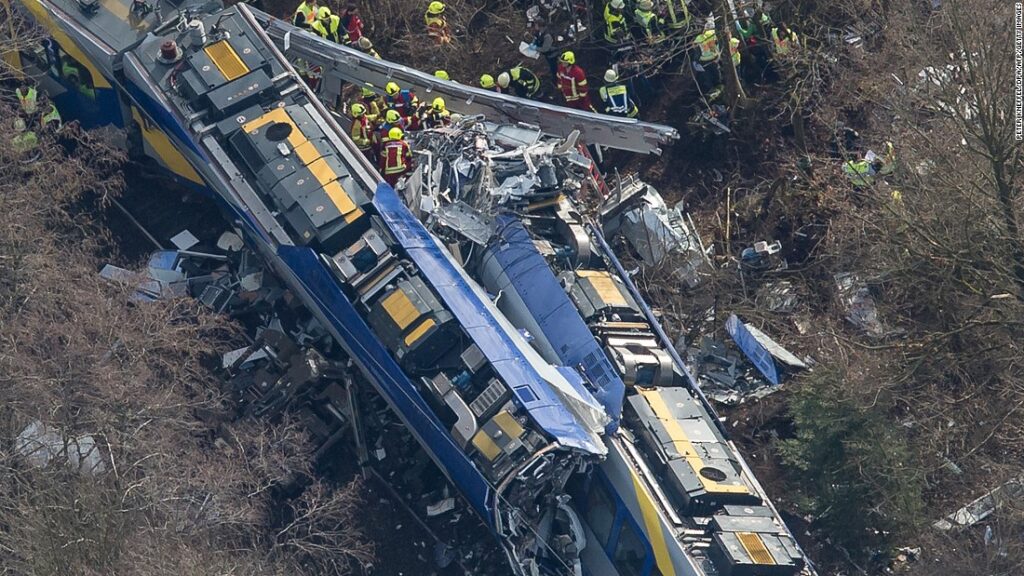
It tipped off the tracks and plunged into the ravine. The official reports stated that at least 428 people lost their lives, with many more injured, though the actual death toll is believed to be higher due to the difficulty in retrieving all of the bodies.
The incident shed light on the pressing need for improved railway safety measures in Ethiopia. It highlighted issues such as the maintenance of railway infrastructure, the importance of adhering to speed limits, especially in dangerous sections of the track, and the need for proper training for railway employees.
Pukhrayan Train Derailment
The Pukhrayan Train Derailment is one of the worst rail accidents in India’s recent history, occurring on November 20, 2016.
A train carrying around 2,000 passengers, was en route from Indore to Patna when 14 of its carriages suddenly veered off the tracks.
The mangled wreckage and overturned coaches made rescue operations incredibly challenging.
Emergency personnel, local villagers, and the armed forces worked tirelessly to extricate survivors and retrieve bodies from the twisted remains of the carriages.
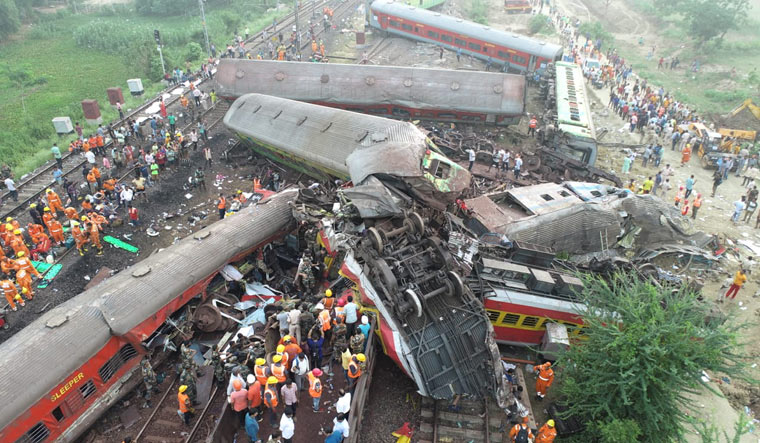
The accident resulted in the loss of 150 lives, with more than 150 others sustaining injuries.
Initial investigations into the cause of the derailment pointed towards a possible rail fracture.
However, the exact cause was subject to extensive inquiry to understand the underlying issues fully, including track maintenance procedures, the role of human error, and the condition of the trains.
The incident raised serious questions about rail safety in India, prompting the railway authorities to accelerate efforts to upgrade infrastructure, implement more rigorous maintenance routines, and enhance surveillance and monitoring of track conditions.
The Maurienne Derailment
On the night of December 12, 1917, a train filled with French soldiers made its way through the Alpine region of Maurienne, southeastern France.
The train was composed of about 20 wooden carriages and was severely overloaded, carrying an estimated 1,000 soldiers returning from the front lines.
To make matters worse, the train’s brake system needed to be updated and prepared to handle the weight and the steep gradients of the French Alps.
The train made it up the mountain without incident but as it began to descend the steep grade into the Maurienne Valley, the brakes failed to slow its pace.
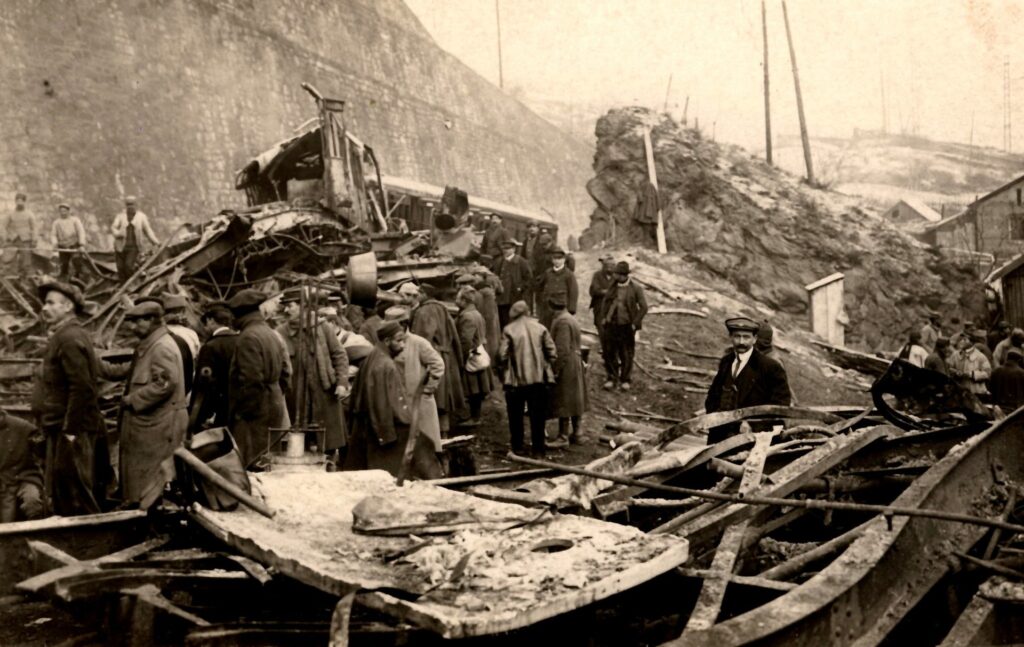
The train began to speed out of control as it navigated the sharp turns and steep inclines of the mountainous terrain. Eventually, the train derailed near the entrance of the Sauret tunnel, near Saint-Michel-de-Maurienne.
The wooden carriages, packed with soldiers, were crushed and splintered upon impact, igniting a fire that consumed the wreckage and killed any survivors.
The remote region exacerbated the disaster, making rescue efforts difficult and resulting in a staggering loss of life. The exact number of casualties remains uncertain, with estimates ranging from 600 to over 800 dead, making it one of the deadliest rail disasters in history.
The Maurienne Derailment highlighted the dangers of operating trains beyond their capacity and the necessity of maintaining and upgrading railway infrastructure to handle heavy loads, especially in challenging terrains like mountains.
It also pointed to the importance of rigorous training for train operators in handling emergencies and the need for effective communication systems within and between the train and railway stations.
Montparnasse Derailment
On October 22, 1895, a train arriving from Granville, France was running late. To compensate for lost time, the engineer increased the train’s speed as it approached the station.
However, due to excessive speed, the train failed to stop, overran the buffer stop, and crashed through the station wall, with the locomotive ending up suspended above the street below.
The incident’s aftermath revealed that a combination of excessive speed and a failure in the braking system caused the accident.
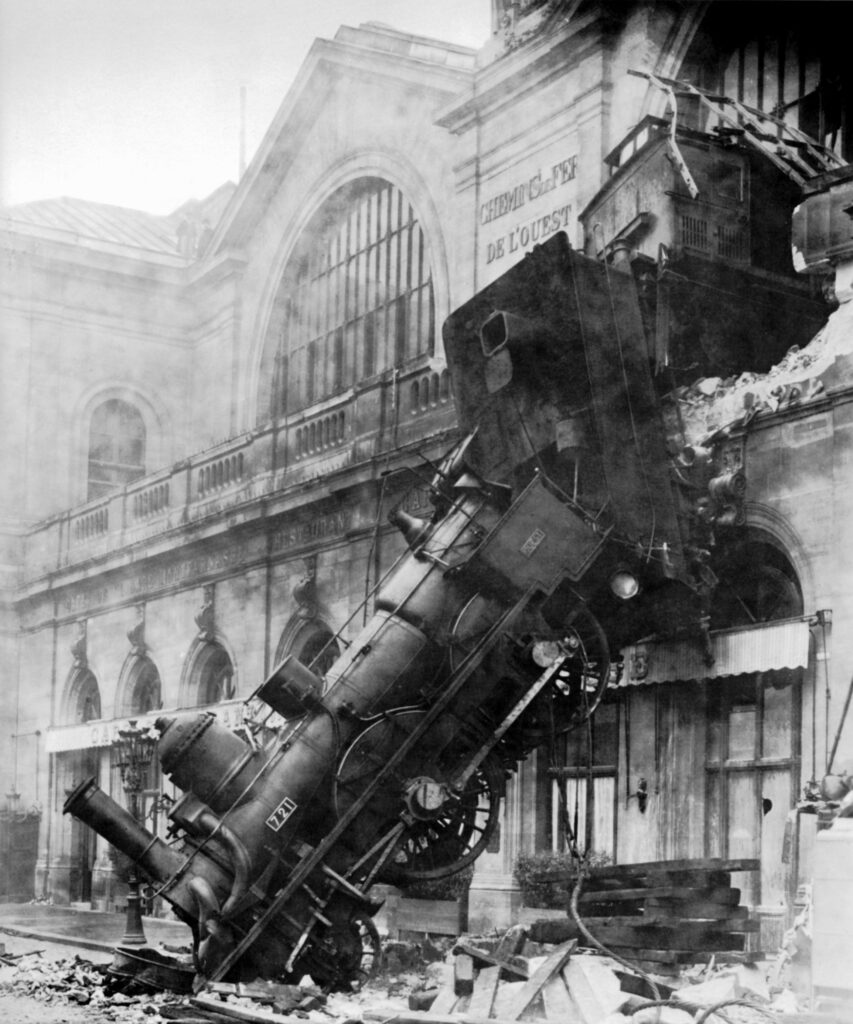
The train’s air brake was not applied in time to adequately slow it before reaching the buffer stop at the end of the track.
Remarkably, the incident resulted in only a single fatality—a pedestrian on the street below who was killed by falling debris.
The Montparnasse Derailment highlighted critical issues in railway safety and operational procedures. It led to reevaluating safety protocols, particularly regarding train speeds within urban stations and the maintenance and operation of braking systems.
This event catalyzed improvements in railway safety standards, emphasizing the importance of reliable braking mechanisms and the need for engineers to adhere strictly to speed regulations, especially in station areas.

